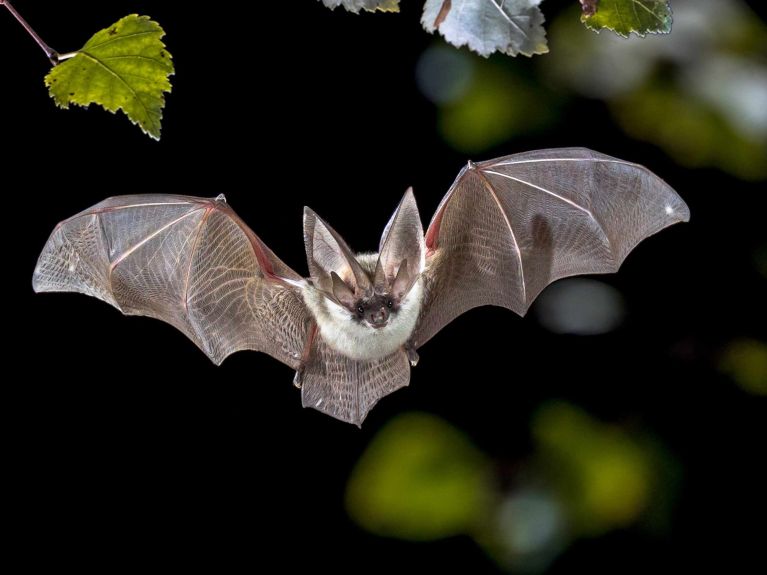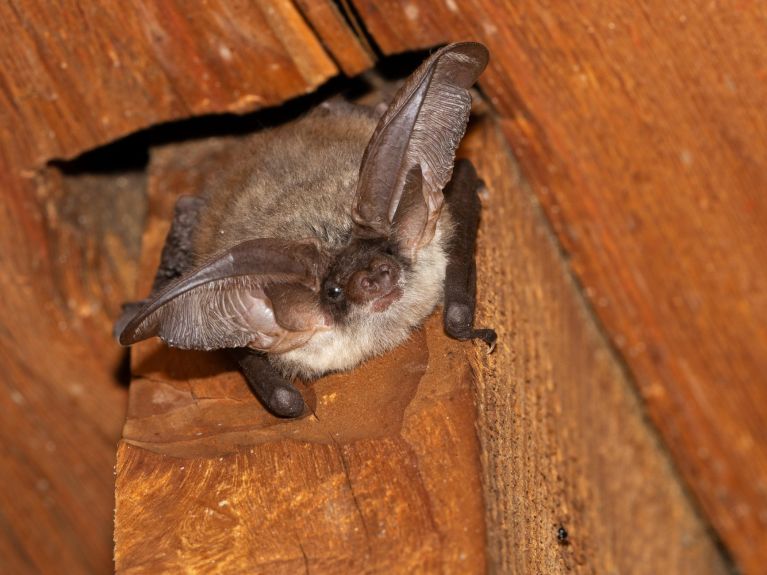Life underground: A fascination with bats
Researcher Simon Ripperger provides fascinating insights into the hidden life of bats and explains why their protection is important for our environment.

Dr Ripperger, how did you get involved in conducting research into bats?
My biology studies in Ulm took me to Costa Rica for a year. While there, I was fascinated by the key role that bats play in tropical rain forests. They pollinate flowers, disperse seeds and, being insectivores, they keep insect populations in balance.
You are now researching bats in Germany?
My priority at the Bayerisches Landesamt für Umwelt is the protection of native species. Part of my work involves monitoring – we record where which species occur and how the populations are developing. We also conduct basic research and investigate the demands these mammals place on their environment. This enables us to come up with targeted protection measures.
Why do these animals spend so much time underground?
When hibernating, they need cool temperatures just above zero degrees to allow them to shut down their metabolism and survive the cold season in “energy-saving mode”. Waking up unnecessarily costs energy and can be life-threatening for the animals. Underground habitats provide ideal conditions in this regard. Over 1,000 basements in northern Bavaria – many of them historic beer cellars – have been investigated in the last 15 years. We were able to count more than 50,000 bats.
Do your research activities involve using the latest technology?
We work as an interdisciplinary team and have developed a miniature wireless sensor network. The sensor nodes, which are glued into the fur on the bats’ backs, weigh just one gram, including mini-computer, battery and housing. They communicate with each other and provide data every second about which animals are approaching each other, when and how, We were able to observe for the first time how young bats switch roosts with their mothers – a fascinating insight into their social behaviour.




